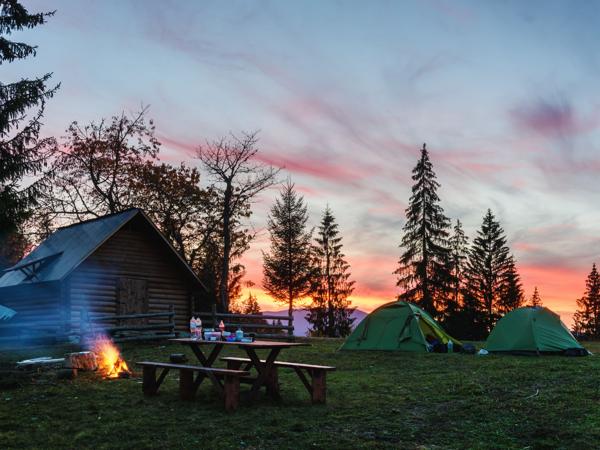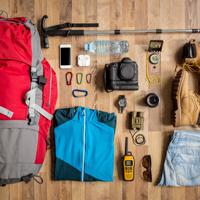When it comes to emergency preparedness, having a reliable source of light is crucial. One of the small yet essential details that can make a difference is choosing between a lantern and a flashlight. Each has its strengths and potential drawbacks. Let's take a closer look at these two handy tools. Hopefully, this can help you decide which might be suitable for your emergency kit. Remember, it's all about finding what works best for you.
Flashlights: Focus and Portability
Flashlights are a staple in many homes and emergency kits. Their focused beam makes them ideal for tasks where you need to direct light in a specific direction. If you're navigating through dark hallways or searching through a closet during a power outage, a flashlight can be quite handy.
Key Features of Flashlights
Portability: Generally compact and lightweight, flashlights are easy to carry around. You can tuck one into a pocket or attach it to your belt, making them ideal for mobility.
Focused Light: The concentrated beam allows you to focus on a particular spot, useful for finding your way in the dark or working on detailed tasks.
Variety: Flashlights come in various sizes and brightness levels, from small penlights to larger tactical models. There are also different power sources available, including batteries and rechargeable options.
Considerations
- Limited Area Lighting: Because they focus light in one direction, flashlights are not ideal for illuminating larger areas.
- Hand Occupancy: They generally require one hand to operate, which might be a limitation in situations where you need both hands free.
Example
For searching: Imagine needing to find your breaker box during a blackout. A flashlight can make this task considerably easier.
Lanterns: Diffuse and Hands-Free
Lanterns offer a broad beam that diffuses light over a wider area. This makes them suitable for illuminating rooms or outdoor spaces when all-encompassing light is more practical than a focused beam.
Key Features of Lanterns
Area Lighting: Lanterns can light up a room, making them useful for group settings or when tasks are spread out over a larger area.
Freeing Up Hands: Many lanterns can be hung from a hook or placed on a flat surface, allowing you to have both hands free.
Durability and Stability: Often designed to withstand rugged conditions, lanterns are generally stable when placed on the ground and durable during transport.
Considerations
- Bulky: They tend to be bulkier than flashlights, making them less convenient to carry around.
- Limited Focus: The diffused light lacks the focused option of a flashlight, which might be necessary for certain tasks.
Example
For Area Lighting: Imagine camping in your backyard due to a prolonged outage. A lantern would readily illuminate your tent and the surrounding area.
Making Your Choice
Both lanterns and flashlights serve important roles in emergency situations. Evaluating your specific needs can help in deciding which light source is most appropriate.
- Consider Your Environment: Are you likely to face situations where you need broad area lighting, or will you be moving around a lot?
- Assess Your Activities: Think about the typical emergency scenarios you might encounter and how you would operate under them.
- Power Needs: Some lanterns and flashlights require different types of batteries or charging methods. It's worth considering which is more convenient for you.
Remember, you don't necessarily have to choose one over the other. Many people find that having both in their emergency kit provides the greatest flexibility. On those dark days, having an effective light source can offer peace of mind and help navigate challenging situations more smoothly.
References and Further Reading
For those interested in diving deeper, the following resources may prove helpful:
- Consumer Reports on Emergency Lighting - Insightful comparisons of various lighting products.
- REI's Guide on Choosing Lights - Offers a detailed breakdown on choosing lighting options for various situations.
Each of us may have unique needs and preferences, so take the time to explore what fits you best. The goal is to ensure preparedness and safety during unexpected situations.




